Inside: In this Islamic art for kids lesson, your students will learn the basics of the Islam religion, the characteristics of Islamic art and architecture, study the ottoman tugra, and create a calligraphic design of their own inspired by an Islamic tughra.
Have you ever had a moment in your teaching that just took your breath away? Where you stepped back and looked at your students and thought… “I did that.”
This past Spring, I took an “Around the World” approach with my art classes. We studied art from Africa, Australia, Islam, and more. During our field trip to the Dallas Museum of Art, the students noticed that the museum had an Islamic art exhibit on display.
When our tour was over, we were prepping to head across the street to the park to eat lunch, but the students didn’t want to leave the museum. They wanted more art, and they asked to go in the Islamic art exhibit. They wanted to see Islamic art. They were excited about Islamic art. Can you even believe it? They poured through the art looking for tughras and Qurans and arabesques, and my heart was full of satisfaction and love and wonder. I did that.
I think it is especially important for kids to study Islamic art and the Islam religion to break down barriers and develop an understanding of another culture and religion. Through our Islamic lessons, we can build bridges of understanding for our students.

Islamic Art for Kids Lesson
After we discussed what we already know and want to know (KWL) about Islamic art and architecture, my Islamic art lesson begins with covering the basics of the Islam religion including the 5 pillars of Islam, Muhammad, the Qu’ran, and the importance of Mecca.
We studied mosque architecture, arabesques, and calligraphy through discussion and interactive learning activities.
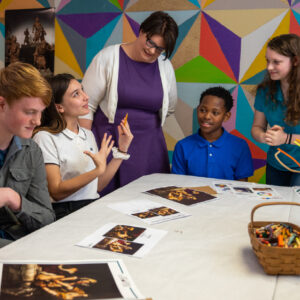
Get the Full Lesson!
This Lesson is in The Curated Connections Library!
Find the full lesson from this post along with hundreds of other art teaching resources and trainings in the Curated Connections Library. Click here for more information about how to join or enter your email below for a free SPARKworks lesson from the membership!
Ottoman Tugra
In preparation for our art project, we studied the ottoman tuğrâ (or tughra)–which is an Ottoman signature seal, usually of a sultan. The ottoman seal was used as a signature seal for documents, carved into architecture, and placed on coins during the Sultan’s reign. It’s basically a fancy Arabic signature with calligraphic designs and intricate patterns.
Check out the most famous of the Islamic tughras–the Tughra of Sultan Suleiman the Magnificent. GORGEOUS!

In this ottoman seal, the phrase “eternally victorious” (in Arabic) is combined with both the name of the leader and his father’s name.
This graphic shows how the words work together well. It’s fascinating to see the design at work here.
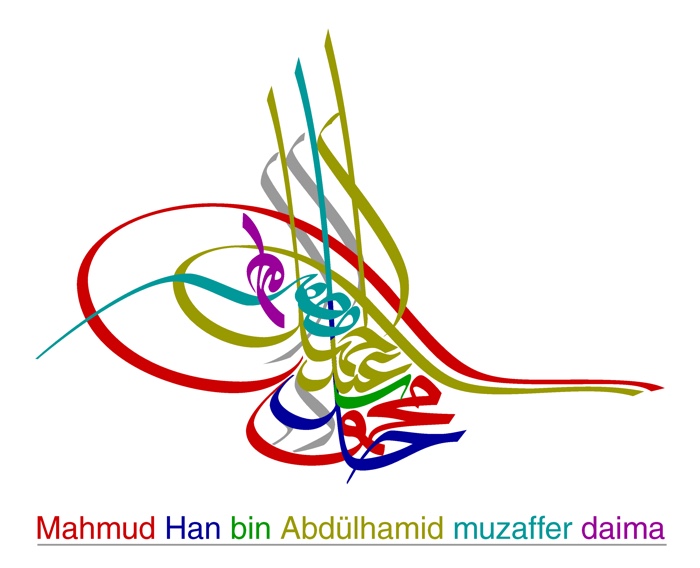
Characteristics of an Islamic Tughra
Basic design elements for Islamic tughras include oval loops, vertical lines, curving arabesques, interlacing lines, and decorative fill patterns usually inspired by nature (often floral).

In addition to the name and phrase, each part of the ottoman seal has a symbolic meaning (Source). On the left side, there are two loops which may symbolize the two seas that the Sultan controlled (the Mediterranean and the Black Sea). This part is called the beyze (meaning egg in Arabic).
The repeating vertical lines are the tuğ (meaning flagstaff) which symbolize independence.
The S-shaped lines (zülfe) that cross the tuğ point to the right showing the winds blowing from east to west.
Lastly, the lines that flow to the right (hançer) are meant to depict a sword, showing the power of the Sultan.
My students were blown away at the intricacies of the patterned designs. Take a look at these detail shots of the tughra. Painstakingly beautiful and intricate.


Islamic Tughra-Inspired Art Project
For our art project, students took the letters of their names and merged them together to make one design. Students manipulated and merged the letters in new ways.

I had to model different ways of combining and manipulating the letters on the whiteboard to help the students get a better idea of how to do this.
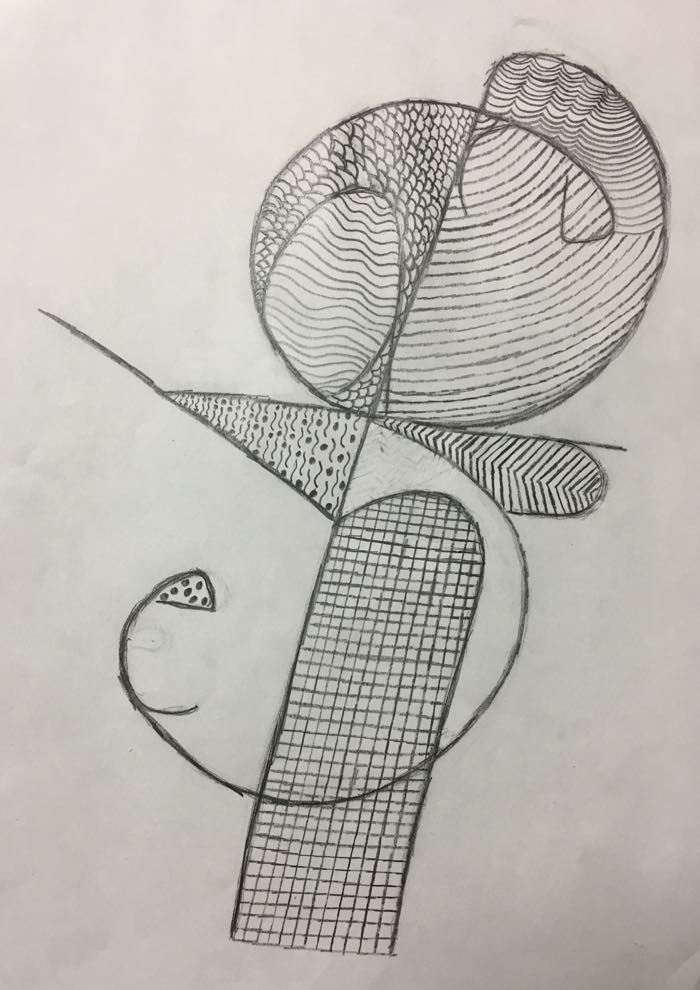
We also studied the principle of design balance while making our thumbnail sketches to make sure we came up with cohesive and interesting compositions.
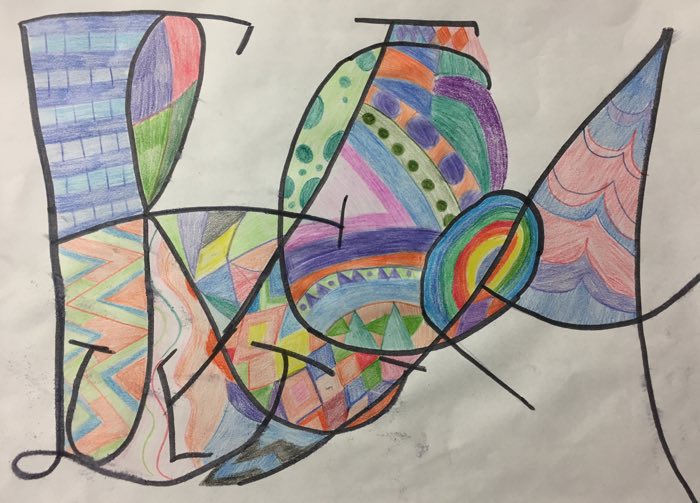
Once the student came up with a design and we critiqued it together, the student drew their designs large onto white paper, traced the design with black marker, and added patterns with thin-tipped markers or colored pencils.

The final products ended up being simple and bold, and the students were very proud of the work they did!

Try this Islamic art for kids lesson with your students, and let me know how it went in the comments!
I also did a free class about the Suleiman tughra. Watch the recording here.


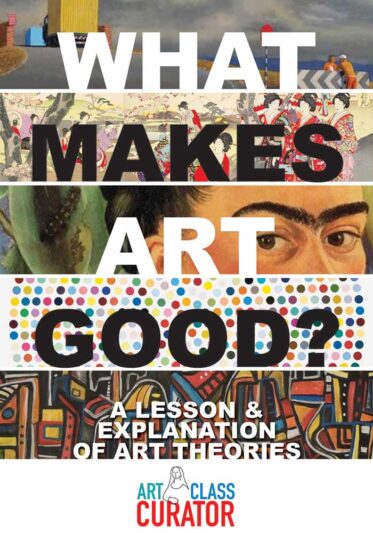


This is amazing! I week with middle School special needs students and I’m so happy I found this online!!!
Asalaamulikum dear,
I would like to learn this form of Art please to teach my young learners
I’m from Srilanka
I love Art
Regards
And best wishes
Akeela
Awesome, Akeela! We would love to know how it goes.
I teach World History II and would really love to incorporate this into my unit on Muslim Empires, but I’m a little nervous that the 9th graders will think it’s “baby-ish”? Any experience with this??
I did it with 9th graders! They enjoyed it!
(also talk about it as an art project and design challenge, not as a craft, that will help)
Excellent! Thanks for the ideas and encouragement! I’m really excited to do this with them.
Thank you, thank you, thank you! I’m building a Lebanese culture and language unit for seventh graders, and this is EXACTLY what I was looking for for an art lesson. Yessssss!!! 😀